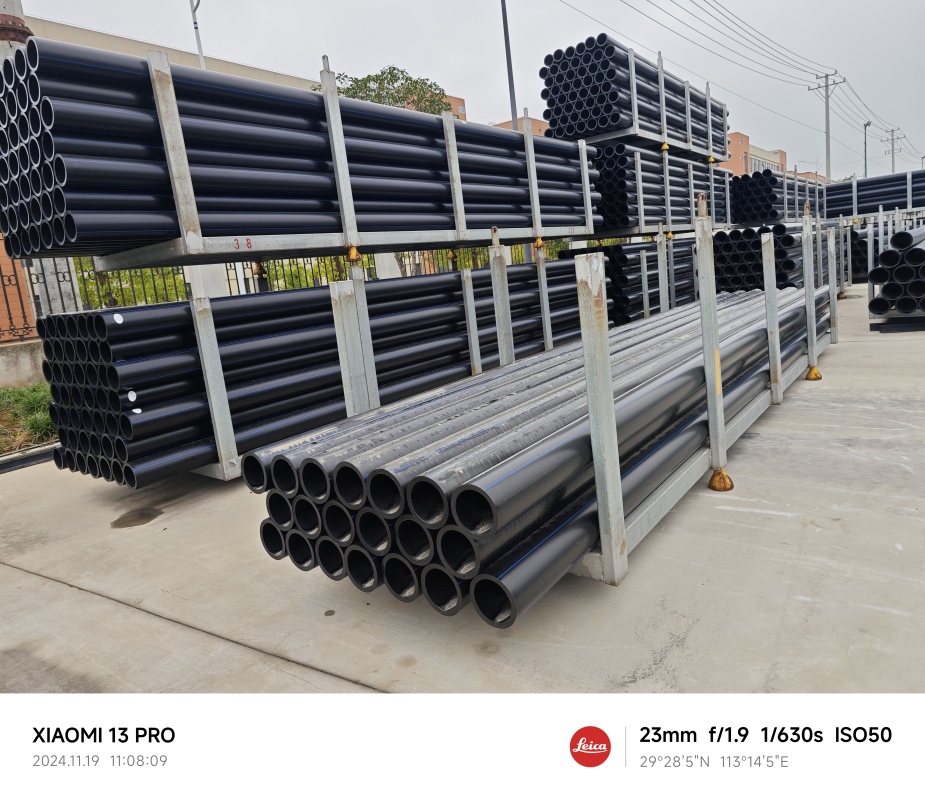
in municipal engineering, residential decoration or agricultural irrigation pipe laying, PE pipe is widely used because of its light and durable characteristics. But many construction parties or owners will be torn a question: "PE pipe buried in the ground need to do anti-corrosion treatment?" There is no absolute answer to this question, it has to be combined with the characteristics of PE pipe itself and the actual situation of the buried environment to analyze.
PE pipe (polyethylene pipe) One of the core advantages is its excellent chemical stability. Its molecular structure does not have active groups that are easily corroded, so it has strong resistance to acid and alkali substances, salts and common bacteria, fungi and other microorganisms in the soil. In ordinary neutral soils (pH 6-8), PE pipes can be used for more than 50 years without significant corrosion and aging - which is why many municipal water pipes prefer PE pipes.
However, the complexity of the buried environment cannot be ignored. If the PE pipe is to be buried in the soil of an industrial polluted area (such as near a chemical plant or an electroplating plant), the soil may contain high concentrations of sulfuric acid, sodium hydroxide or heavy metal ions; or in saline soils, the soil contains high levels of sodium chloride and sodium sulfate. These corrosive media will slowly penetrate the surface of the PE pipe, which may cause the pipe to become brittle and crack in the long run. In addition, groundwater in some areas contains sulfides (such as hydrogen sulfide), which will also have a certain erosive effect on the PE pipe.
So, what situations need to be treated with anti-corrosion treatment for buried PE pipes? The first is the special soil environment: if the soil pH is lower than 5 (strongly acidic) or higher than 9 (strongly alkaline), or the soil conductivity exceeds 2000μS/cm (high salinity), it is recommended to wrap anti-corrosion tape or apply epoxy coal asphalt coating on the outside of the PE pipe to enhance the corrosion resistance. Secondly, mechanical damage protection during construction: if there are sharp stones and bricks in the backfill soil when burying the pipe, it may scratch the surface of the PE pipe. At this time, the pipe can be wrapped with geotextile; the joint is the weak link. Be sure to ensure the sealing of the hot melt or electrofusion connection to prevent the infiltration of corrosive media.
Also note that the construction quality of PE pipe is more critical than simply doing anti-corrosion. For example, when burying the pipe, it is necessary to ensure that the slope of the pipeline meets the requirements to avoid water accumulation; when backfilling the soil, it should be layered and tamped, and it cannot be directly rolled by heavy machinery; a layer of fine sand 10-15cm thick should be laid around the pipeline - these details can effectively avoid mechanical damage to the pipe and prolong the service life.
In general, whether the PE pipe needs to be anticorrosive is to see "whether the environment exceeds the corrosion resistance limit of the PE pipe". In most conventional scenarios, the corrosion resistance of the PE pipe itself is sufficient; but in special corrosive environments, additional anticorrosive measures can further extend the life of the pipe. Instead of blindly doing all-pipe anticorrosion, it is better to test the parameters of soil and groundwater first, and then take targeted measures - this is both economical and effective approach.


